Five climbs of the 2017 Tour de France that you've never heard of
The 2017 Tour de France is light on big-name climbs, but that means we get the chance to see some lesser known ascents where the race will be decided
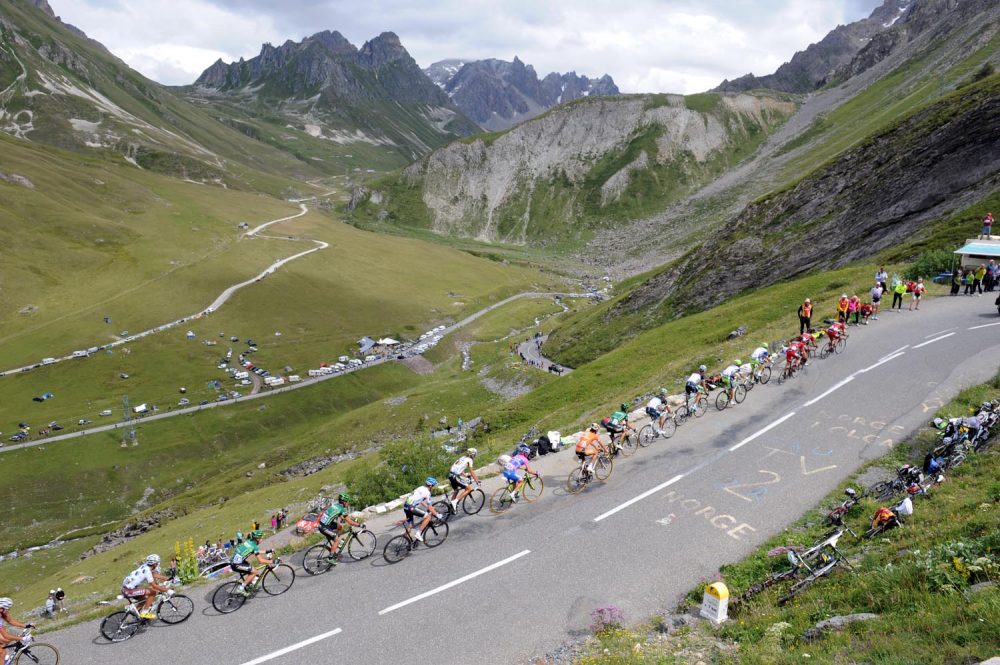
(Photo: Watson)
Longwy - stage three, 1.6km at 5.8 per cent
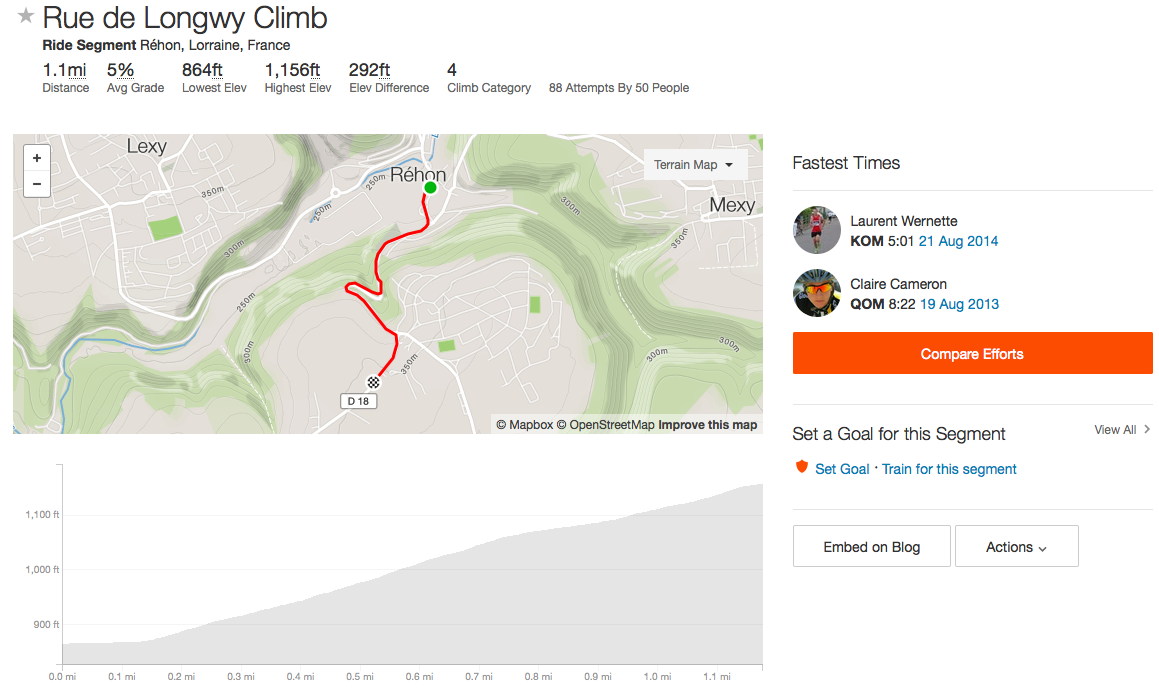
The climb to finish stage three in Longwy won't be a game changer in terms of the overall Tour de France, but it could be our first chance to see some time gaps open up among the favourites.
Tour organisers have enjoyed putting these little Classics-style climbs early in the race in recent years to get the yellow jersey competition hotting up from the start. In 2015, Chris Froome took an early lead on the Mur de Huy in the first week.
The Longwy climb is only 1.6km long, but contains an 11 per cent section pretty early on, and after 200km in the saddle through Belgium the Classics specialists will certainly come to the fore.
>>> Tour de France 2017 route revealed
Expect to see the likes of Ardennes favourites Alejandro Valverde and Julian Alaphillipe towards the front of the pack looking for the stage win, alongside riders like Greg Van Avermaet and even Froome.
Col de la Biche - stage nine, 10.5km at nine per cent
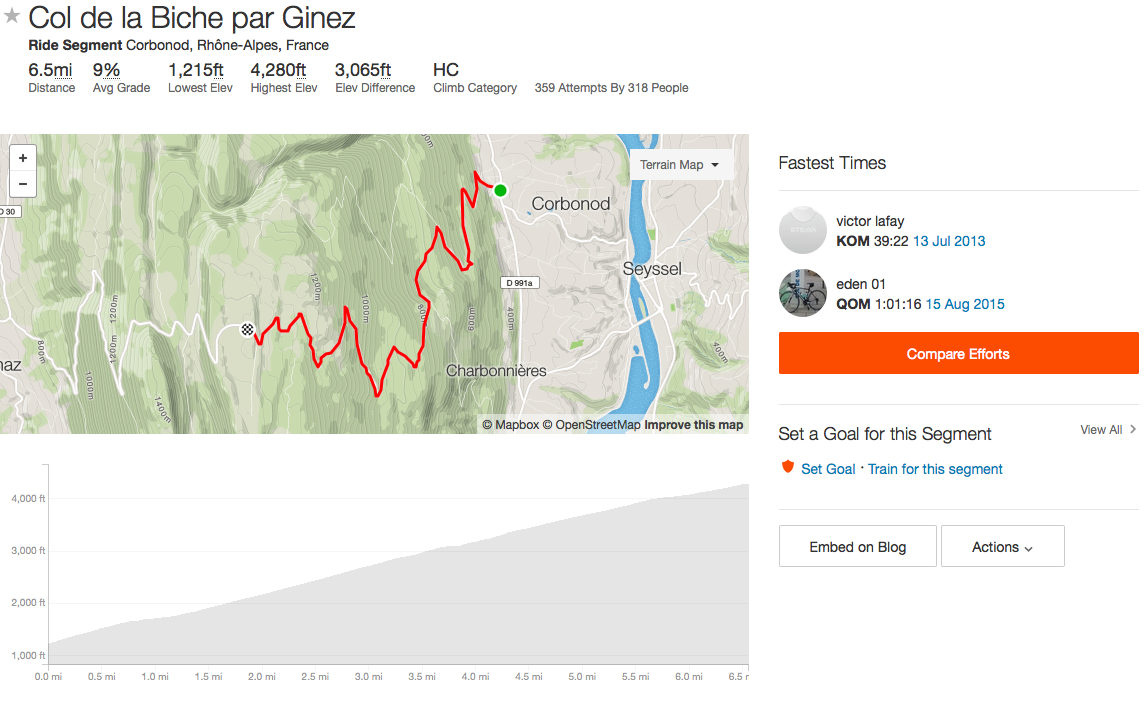
The peloton will certainly be ready for a rest day after the brutal ninth stage on the second Sunday of the Tour. Four mountains litter the route, including the tough double header of the Col de la Biche and the Grand Colombier at around the halfway mark.
The Grand Colombier is the more famous climb of the two, thanks to its ridiculous gradients of 22 per cent in places, while the Col de la Biche is nothing to be sniffed at itself.
Get The Leadout Newsletter
The latest race content, interviews, features, reviews and expert buying guides, direct to your inbox!
At 10.5km it's one of the longer climbs in this Tour de France, which is defined by its shorter, steeper ascents. It does average nine per cent, though, as it winds its way to the top.
Judging by the Strava data, which can never be taken as gospel, the steepest gradients come in the middle sections, with a slight flattening at the top, but not by much.
The KOM time of 39-22 will almost certainly fall, but with the Grand Colombier coming at the foot of the descent, riders may not be willing to exert too much effort on the Biche's slopes.
Mont du Chat - stage nine, 8.7km at 10.3 per cent

While the Col de la Binche is tough, and the Grand Colombier is tougher, the Mont du Chat at the end of stage nine is bordering on vomit-enducing. Even just looking at the gradients on paper you feel a sense of dread.
The 8.7km distance won't kill you, but the remarkable average gradient of 10.3 per cent may knock a few contenders off their stride at the end of a tough first week.
>>> Seven stages that could decide the 2017 Tour de France
Rarely does the hill drop below nine per cent, with some sections at 14 and 15 per cent. From the top it's a quick descent and a 13km time trial to the finish in Chambéry. If someone is willing to test their legs on the Mont du Chat they could well take a strong lead into the Pyrénées.
Port de Bales - stage 12, 11.7km at 7.7 per cent
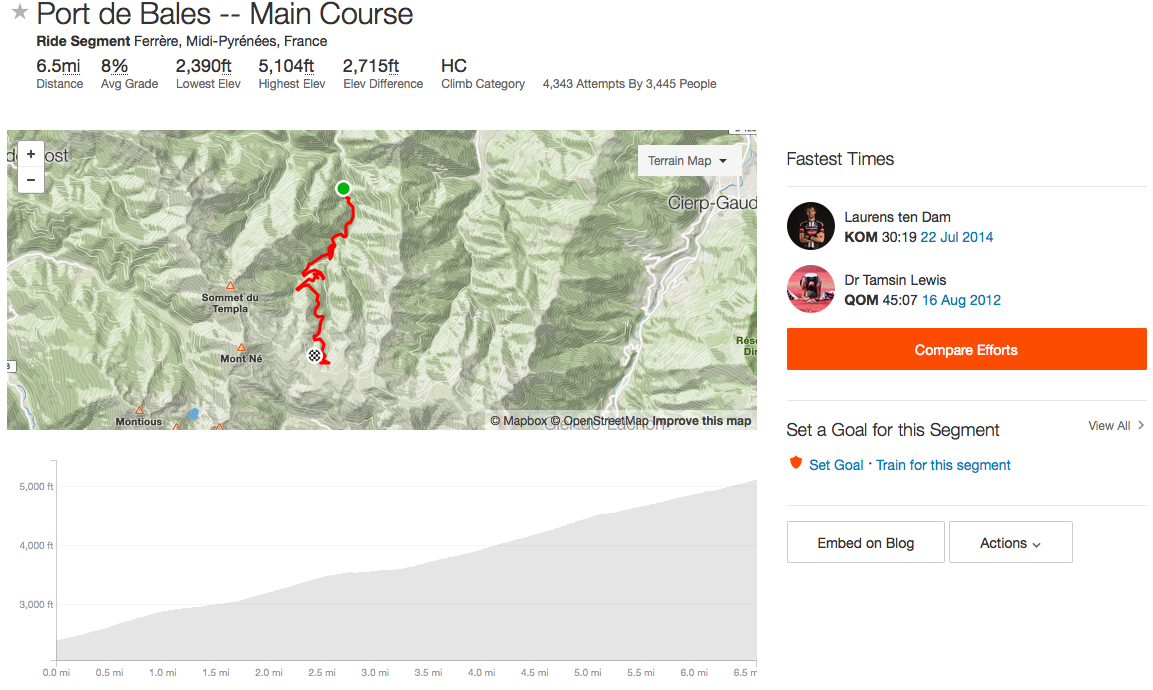
Another lengthy climb, the Port de Balès serves as a tasty appetiser for the summit finish at Peyragudes. As such, the excitement may not come on the 11.7km ascent that precedes the Col de Peyresourde.
The gradient on the Port de Balès looks reasonably changeable, meaning the riders won't just be grinding up the ascent for half an hour. Instead, some plucky riders may sense an opportunity to up the pace on the sections of nine and 10 per cent deep into the climb.
There's a long descent to the foot of the Peyresourde, though, so any advantage gained on the Balès would probably be lost on the 15km downhill section, but it could be worth a try.
Mur de Péguère - stage 13, 9.3km at 7.9 per cent
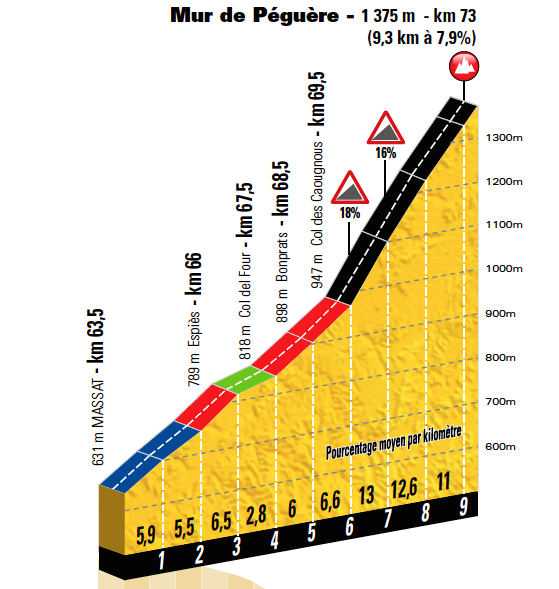
Those of you who remember a bit of high school French will know that the word 'mur' means 'wall', and that's certainly what you find if you climb the Mur de Péguère.
The wall comes as the final climb on the incredibly short 100km stage 13 to Foix. On paper it only averages 7.9 per cent, but that's thanks to some relatively gently lower slopes.
In reality, the upper climbs reach gradients of 16 to 18 per cent for the final 3.3km. The chart above shows just how sharply the road rises at the end, going from a relatively modest 6.6 per cent in kilometre five to 13 per cent in kilometre six.
With a downhill run for 27km to the finish line from the summit of the Péguère, and with only 62km in their legs by the time they reach the foot of the hill, expect to see some fireworks on this climb.

Thank you for reading 20 articles this month* Join now for unlimited access
Enjoy your first month for just £1 / $1 / €1
*Read 5 free articles per month without a subscription

Join now for unlimited access
Try first month for just £1 / $1 / €1
Stuart Clarke is a News Associates trained journalist who has worked for the likes of the British Olympic Associate, British Rowing and the England and Wales Cricket Board, and of course Cycling Weekly. His work at Cycling Weekly has focused upon professional racing, following the World Tour races and its characters.
-
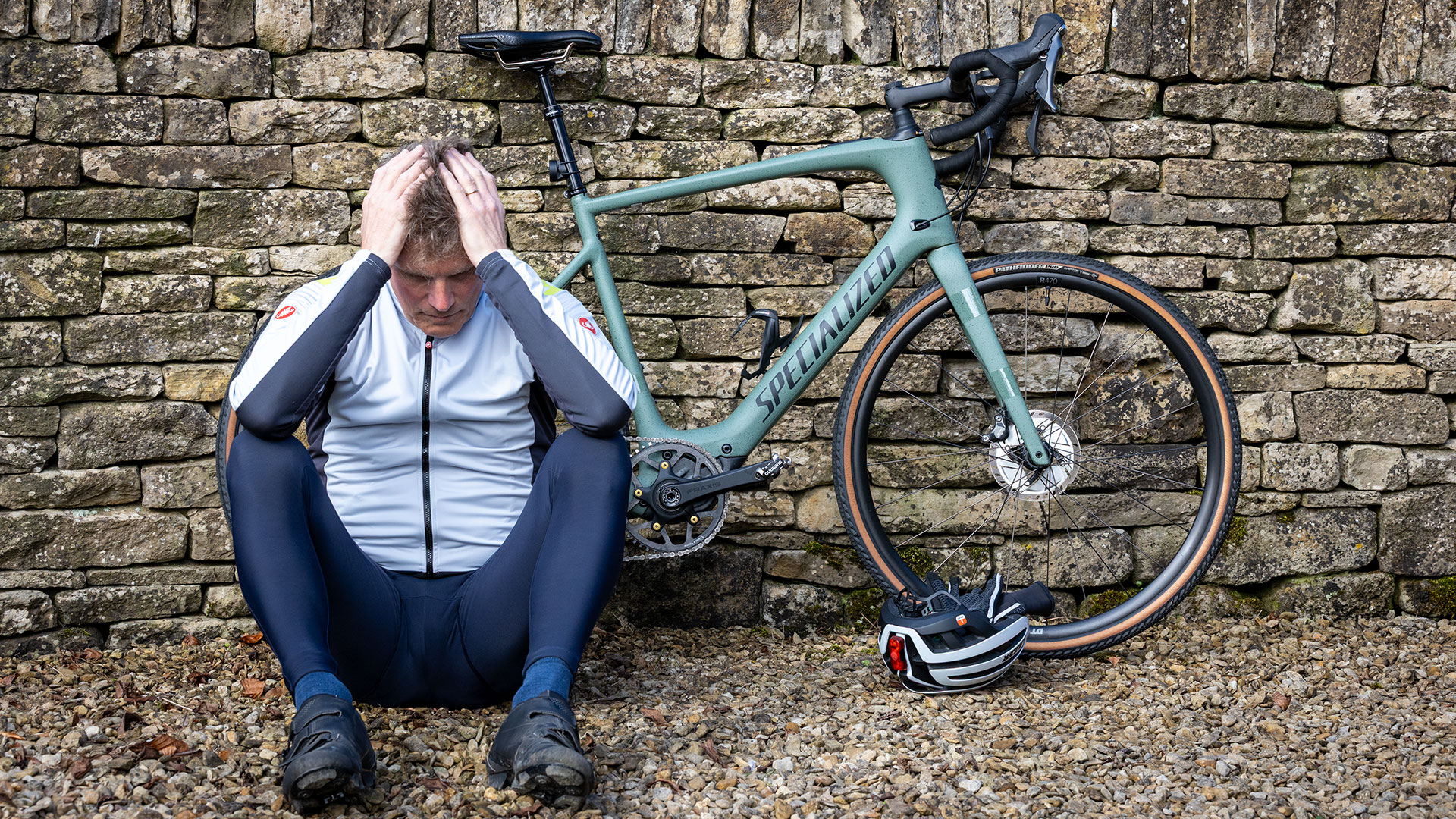 Why do I feel like a cheat every time I ride my e-bike?
Why do I feel like a cheat every time I ride my e-bike?I love my e-bike but struggle with the shame that accompanies me on my rides. Why?
By Simon Fellows
-
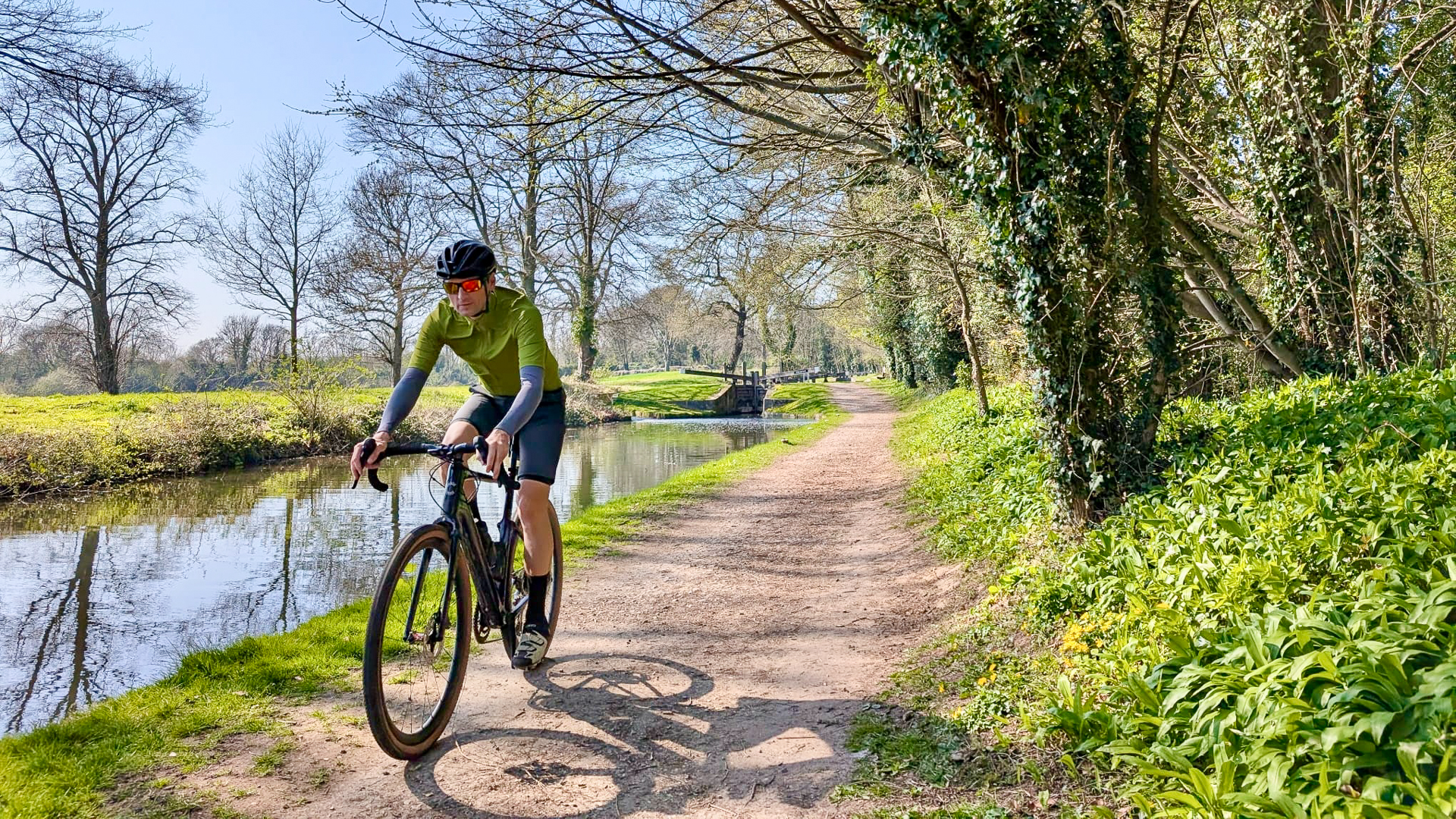 WTB Vulpine S TCS Gravel Tyre review - turbo charge your gravel racing (in the right conditions)
WTB Vulpine S TCS Gravel Tyre review - turbo charge your gravel racing (in the right conditions)The WTB Vulpine S TCS Gravel Tyre is unashamedly aimed at riders who value speed above all else; mudpluggers need not apply
By Tim Russon